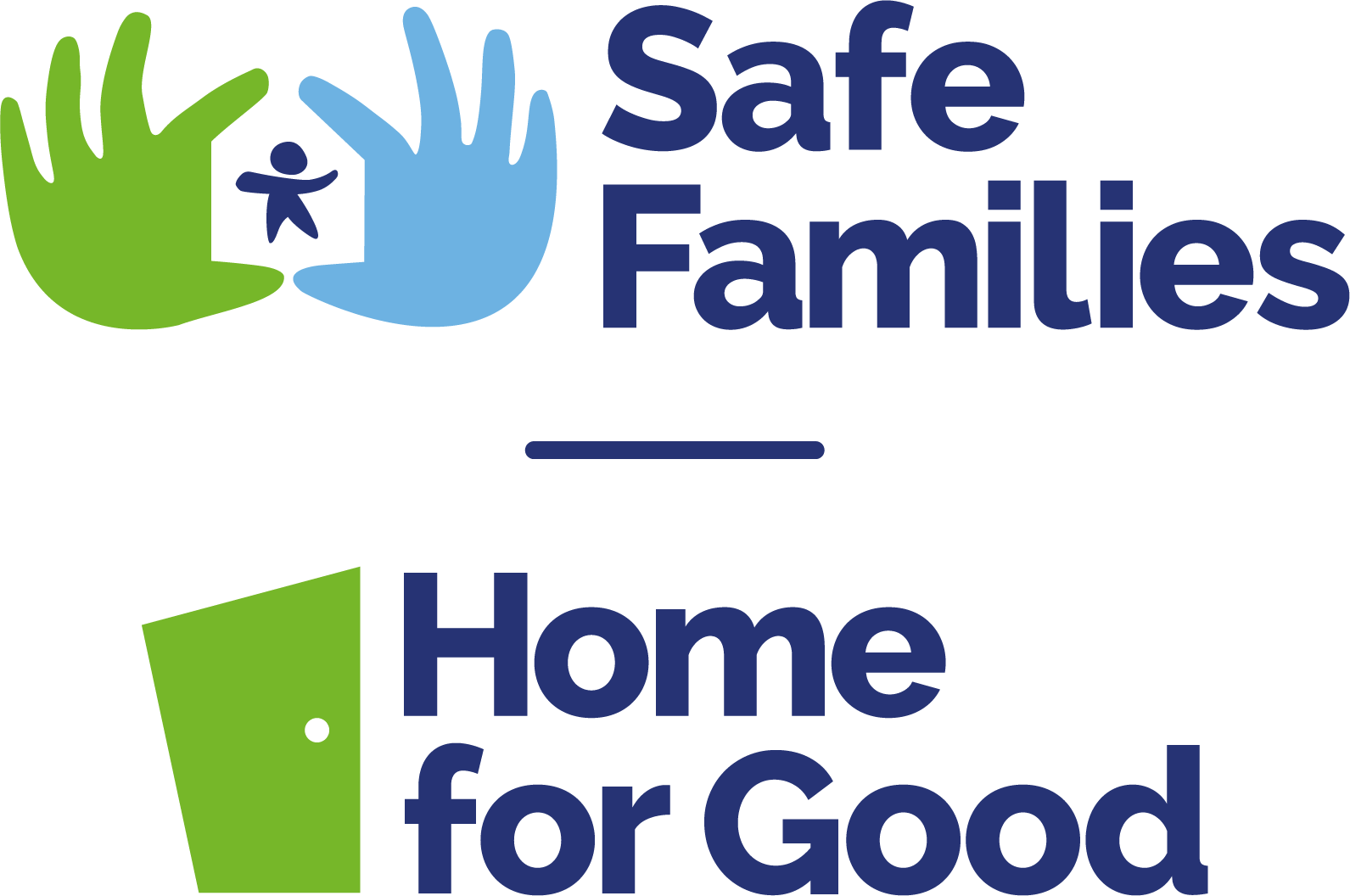Why we track national statistics
At Home for Good we are committed to finding a home for every child who needs one through adoption, fostering or supported lodgings. Alongside working ‘bottom-up’ to find homes and mobilising support to wrap around carers, we also work ‘top-down’ to help find solutions to the complex challenges the sector faces. Digging deeper into these figures helps us to be more effective. Whether in unpacking the geographical nuances in the data, highlighting racial disparity in the system, or identifying barriers that hinder progress, the numbers matter.
It is of paramount importance we remember that these figures tell stories – thousands of stories – of children waiting too long for the stability, care and love they need. They are not data points or lines on a spreadsheet, but precious children who need loving homes where they can thrive. Everyone has a part they can play. We work with policymakers and politicians, local authorities and agencies, volunteers, churches, individuals and families and we won’t stop. Together we can find a home for every child who needs one






